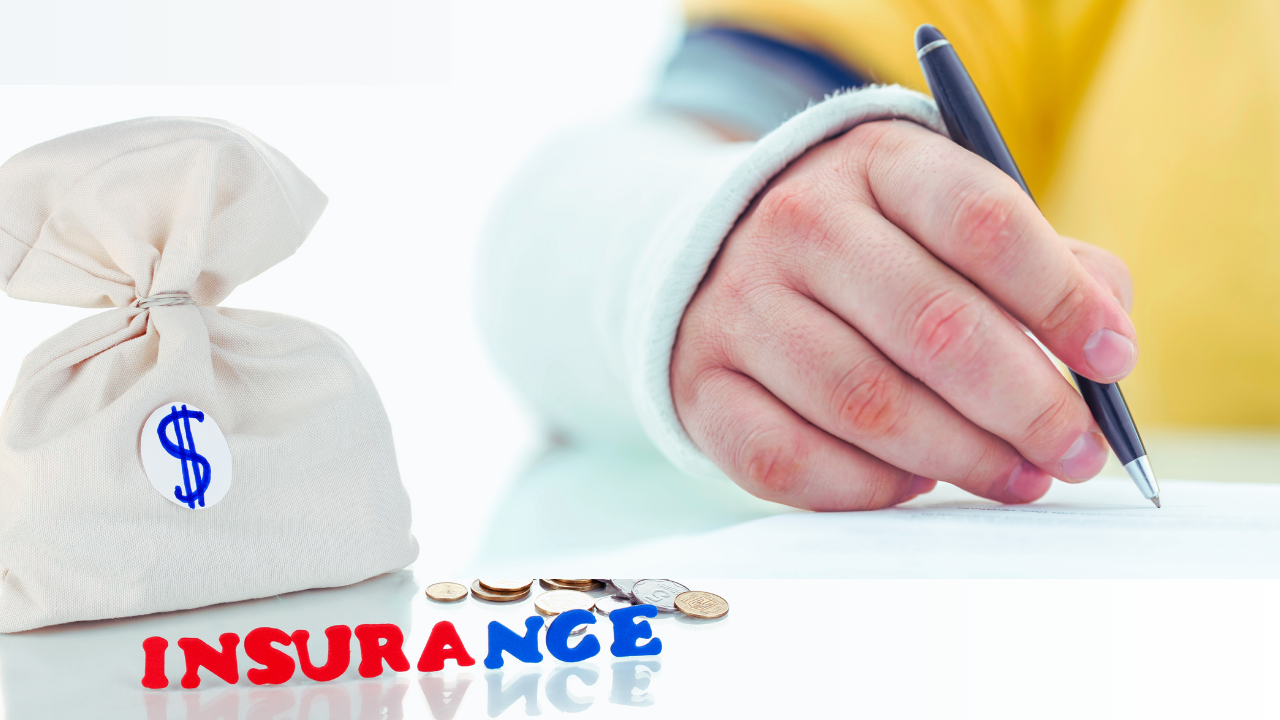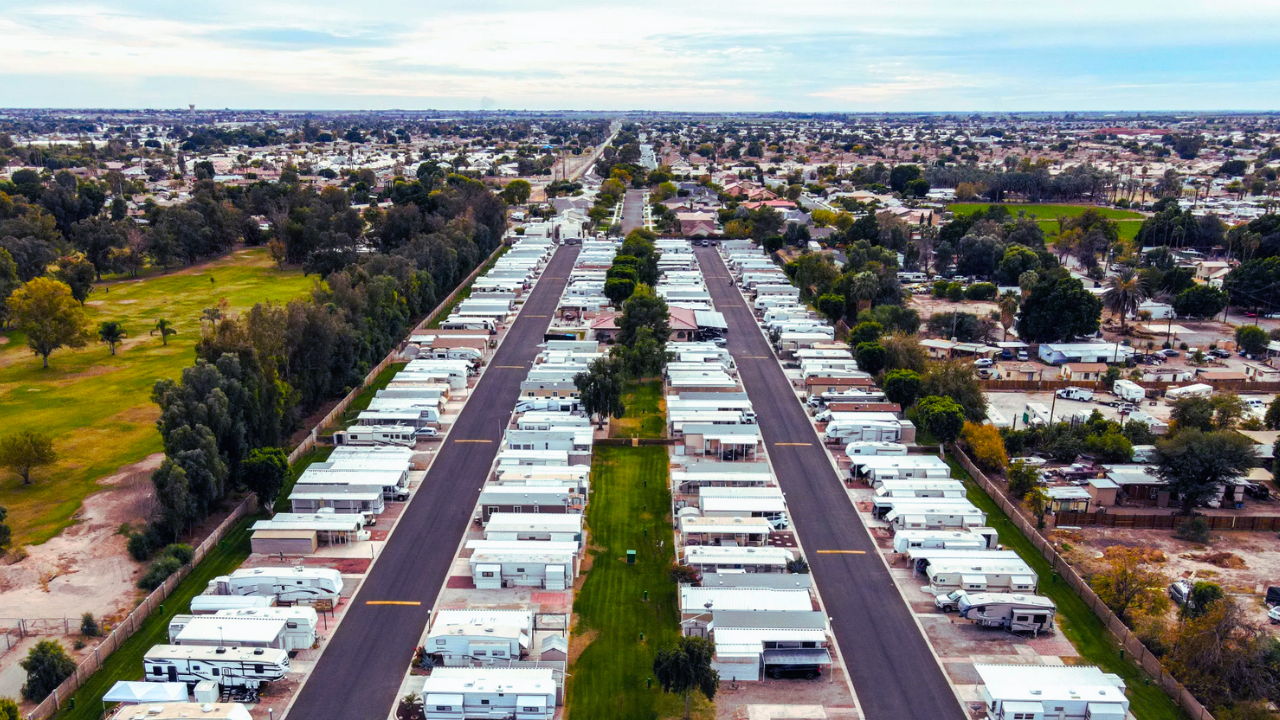Greetings, readers! I’m Bryan Larusso, and I’m thrilled to guide you through a crucial aspect of homeownership that often gets overshadowed by the excitement of buying a house: homeowners insurance.
Your home is more than just a building; it’s your sanctuary, your haven, and it deserves the protection it needs to weather life’s unexpected storms.
In this comprehensive guide, we’ll delve deep into homeowners insurance, what it covers, what it doesn’t, and how to tailor it to your unique needs.
Why Homeowners Insurance Matters
Your home is probably the most significant investment you’ll ever make. Yet, it can all disappear in the blink of an eye due to a fire, natural disaster, or unfortunate events.
Homeowners insurance is your shield, your guardian angel, offering financial protection when calamity strikes. In this guide, we’ll explore the ins and outs of homeowners insurance to ensure you have the right coverage for your castle.
Understanding Homeowners Insurance
Before we dive into the nitty-gritty details, let’s start with the basics.
What is Homeowners Insurance?
Homeowners insurance is a blend of property and liability insurance designed to safeguard your home and assets against losses and damages. It covers not only the structure of your home but also your personal belongings, loss of use (additional living expenses), and personal liability in case of accidents that occur on your property.
Now, let’s break down the key components of homeowners insurance:
1. Dwelling Coverage
Imagine your home as the heart of your insurance policy. Dwelling coverage protects the structure of your house and any attached structures (think garages and porches). It’s crucial to insure your home for the cost of replacing or rebuilding it. This is not the time to lowball; make sure your coverage is adequate.
2. Personal Belongings
Your cherished possessions, from furniture to appliances, are covered under personal belongings. Typically, this coverage is about 50% of your dwelling amount. However, if you own high-value items like jewelry, art, or silverware, it’s wise to consider additional coverage, often called a “floater,” to protect them adequately.
3. Other Structures
Do you have a detached garage, a tool shed, or a beautiful fence surrounding your property? Homeowners insurance often includes coverage for these additional structures, usually about 10% of your dwelling amount.
4. Loss of Use
When your home becomes uninhabitable due to damage, loss of use coverage comes to your rescue. It helps cover additional living expenses, such as hotel bills, restaurant meals, and laundry costs while your home is being repaired or rebuilt. Typically, it’s up to 30% of your dwelling limit.
5. Personal Liability
Personal liability insurance is your shield against lawsuits. If someone gets injured on your property and decides to take legal action, personal liability coverage has your back. Most policies offer coverage up to $500,000, but you can discuss higher levels of protection with your agent.
6. Additional Coverages
Apart from the core components, homeowners insurance may also cover other items, each with specific limits. These can include damage caused by downed trees, replacement of lawn and shrubs, debris removal, power outages, grave markers, unauthorized credit card charges, and more. Be sure to review your policy or consult your agent to understand these additional coverages fully.
Extra Protection for Valuables
If you possess valuable items like jewelry, computer equipment, antiques, or any pricey possessions whose worth exceeds your policy’s coverage limits, consider additional coverage or endorsements. This ensures that your treasured possessions are adequately protected.
How Homeowners Insurance Works
Now that we’ve outlined what homeowners insurance covers, let’s discuss how it works in practice.
Dwelling Coverage: If your home is damaged or destroyed by covered perils (such as fire, hurricanes, or other natural disasters listed in your policy), your homeowners insurance steps in to pay for the repair or reconstruction of your home. Additionally, most policies cover the cost of repairing or replacing structures like garages and tool sheds.
Personal Property Coverage: This aspect protects your personal belongings, such as furniture, jewelry, and clothing, from covered perils like fire, theft, or hurricanes. While most policies include coverage for expensive items, there’s often a dollar limit. To safeguard high-value items, consider adding a floater endorsement.
Liability Coverage: Liability insurance comes into play when you’re faced with lawsuits due to bodily injury or property damage you cause to others or their property. It also covers the cost of damages your pets may have caused.
Additional Living Expenses: If your home becomes uninhabitable due to covered damage, this coverage helps with expenses like temporary housing, hotel bills, and restaurant meals while your home is being repaired or rebuilt.
What Homeowners Insurance Doesn’t Cover
While homeowners insurance provides substantial protection, there are certain events and perils it doesn’t cover:
Types of Homeowners Insurance
Now that you have a better understanding of what homeowners insurance entails let’s explore the different types of policies available:
1. HO-1: Basic Homeowners Policy
- Covers your house and possessions against ten different perils.
- Note: HO-1 policies have been discontinued in most states.
2. HO-2: Broad Homeowners Policy
- Covers your house and its contents against 16 named perils, specifically mentioned in the policy.
3. HO-3: Special Form Homeowners Policy
- Offers coverage for your home structure against all perils except those explicitly excluded.
- Provides coverage for contents against perils named in the policy.
4. HO-4: Renters Insurance Policy
- Covers contents for 16 named perils.
- Includes liability coverage.
- Does not insure the dwelling itself.
5. HO-5: Premier Homeowners Policy
- Typically for newer, well-maintained high-end homes.
- Similar to HO-3, but it covers contents against all perils except those specifically excluded.
- Offers comprehensive coverage for both your home and possessions.
6. HO-6: Insurance for Owners of Co-ops or Condominiums
- Provides personal property coverage, liability coverage, and specific coverage for improvements to the owner’s co-op or condominium.
- Insurance provided by the owner’s association usually covers most of the actual structure.
7. HO-8: Policy for Older Homes
- Covers the same perils as HO-2 but pays only for repair costs or actual cash value.
- Suited for older homes with a market value considerably less than the cost to rebuild them.
Please note that insurance policies can vary significantly based on factors like the year of construction, your location, claims history, and more. It’s essential to work closely with your agent to choose the right policy for your needs.
Understanding Coverage Levels
When it comes to homeowners insurance, you’ll encounter three levels of coverage:
Additional Insurance You Might Need
While homeowners insurance offers substantial protection, certain situations might require additional coverage:
Factors Affecting Your Premiums
Several factors influence the cost of your homeowners insurance premiums:
Conclusion: Safeguarding Your Home Sweet Home
Your home is more than just a place; it’s where memories are made and dreams come to life. Protecting it with the right homeowners insurance is not just a financial decision; it’s a decision rooted in love and care for your sanctuary. By understanding the nuances of homeowners insurance, you can tailor your coverage to suit your unique needs and ensure that your castle remains safe and sound through life’s ups and downs.
In our next installment, we’ll explore tips and tricks for finding the perfect homeowners insurance policy that aligns with your budget and preferences. Stay tuned for more valuable insights on personal finance and homeownership right here at NikeFinance.org. Remember, knowledge is your most potent tool in securing your home sweet home.











